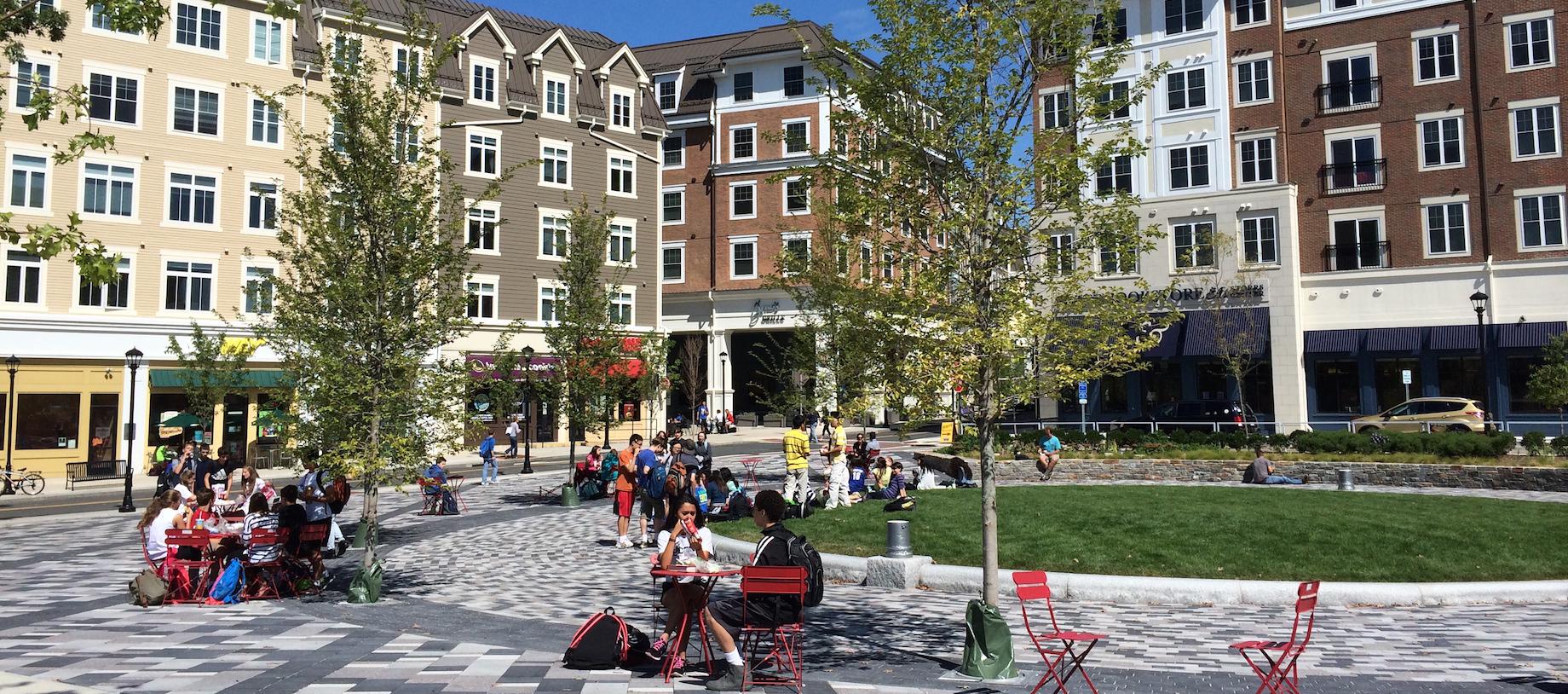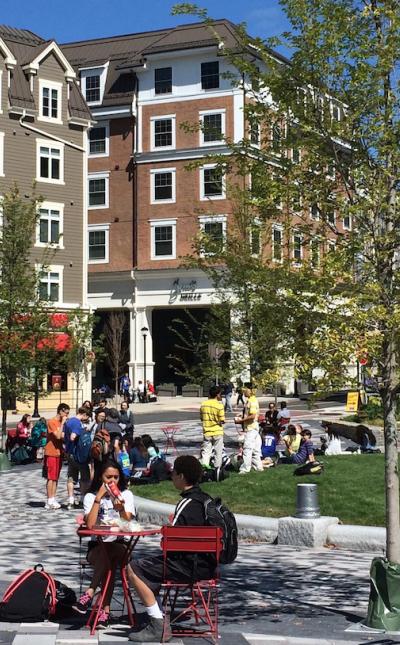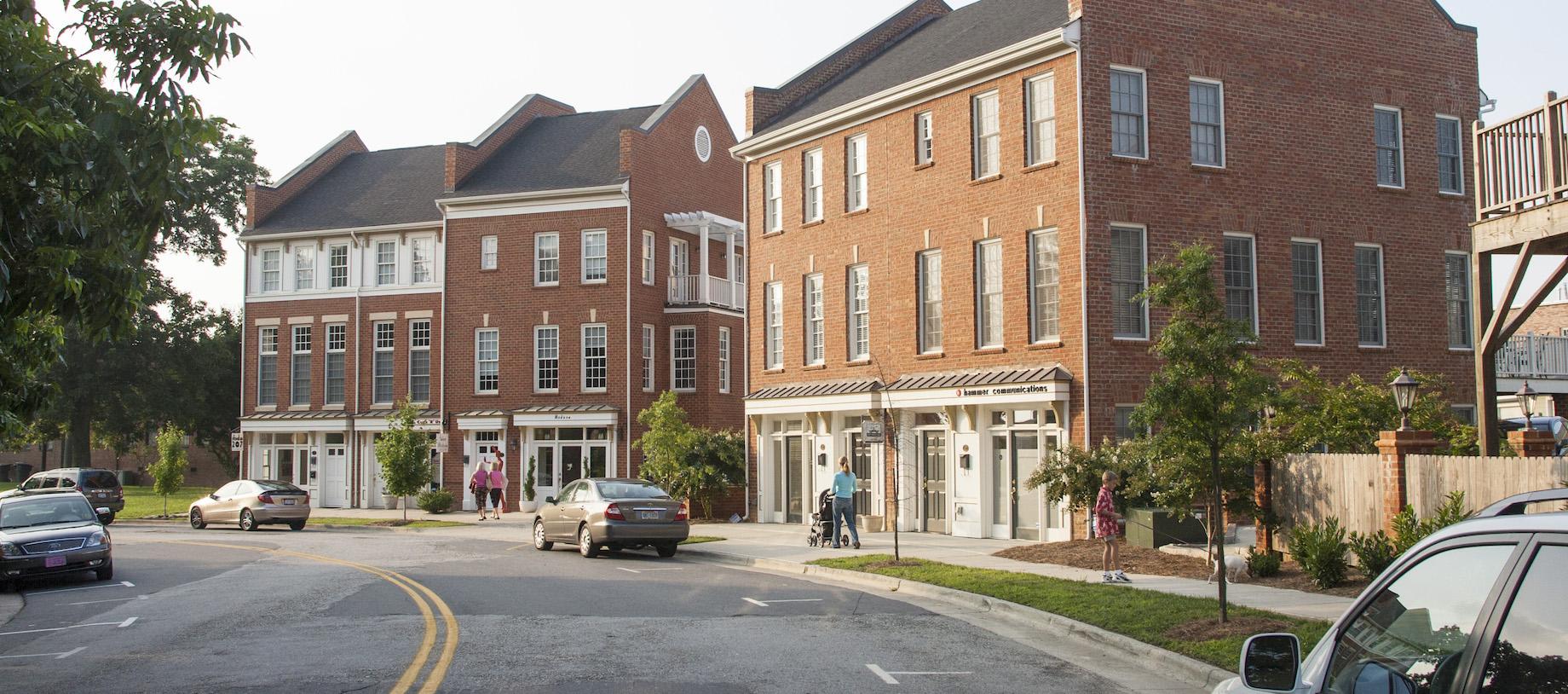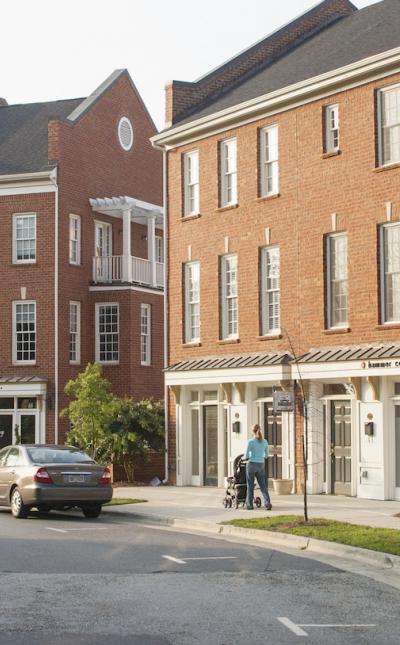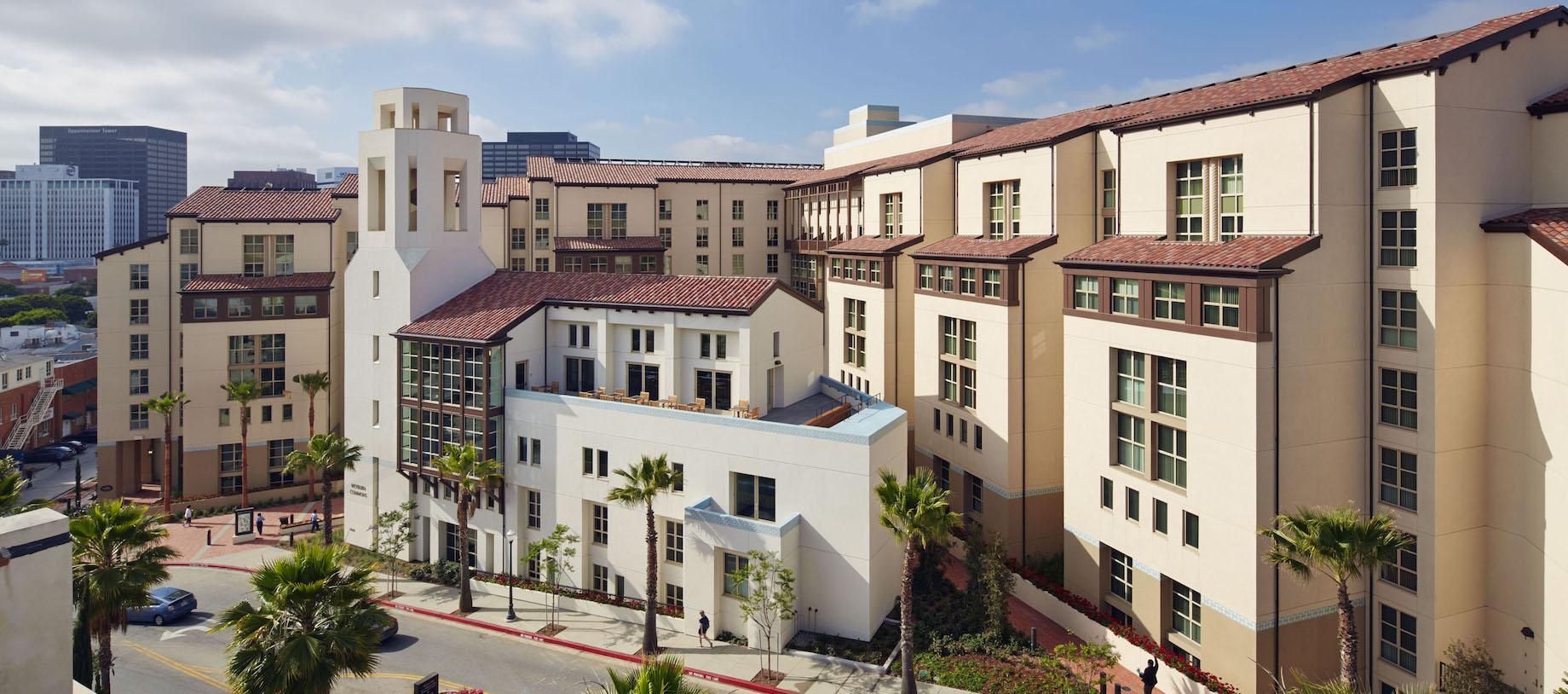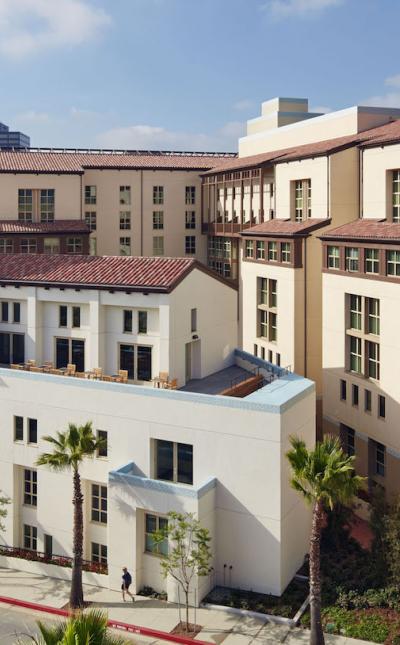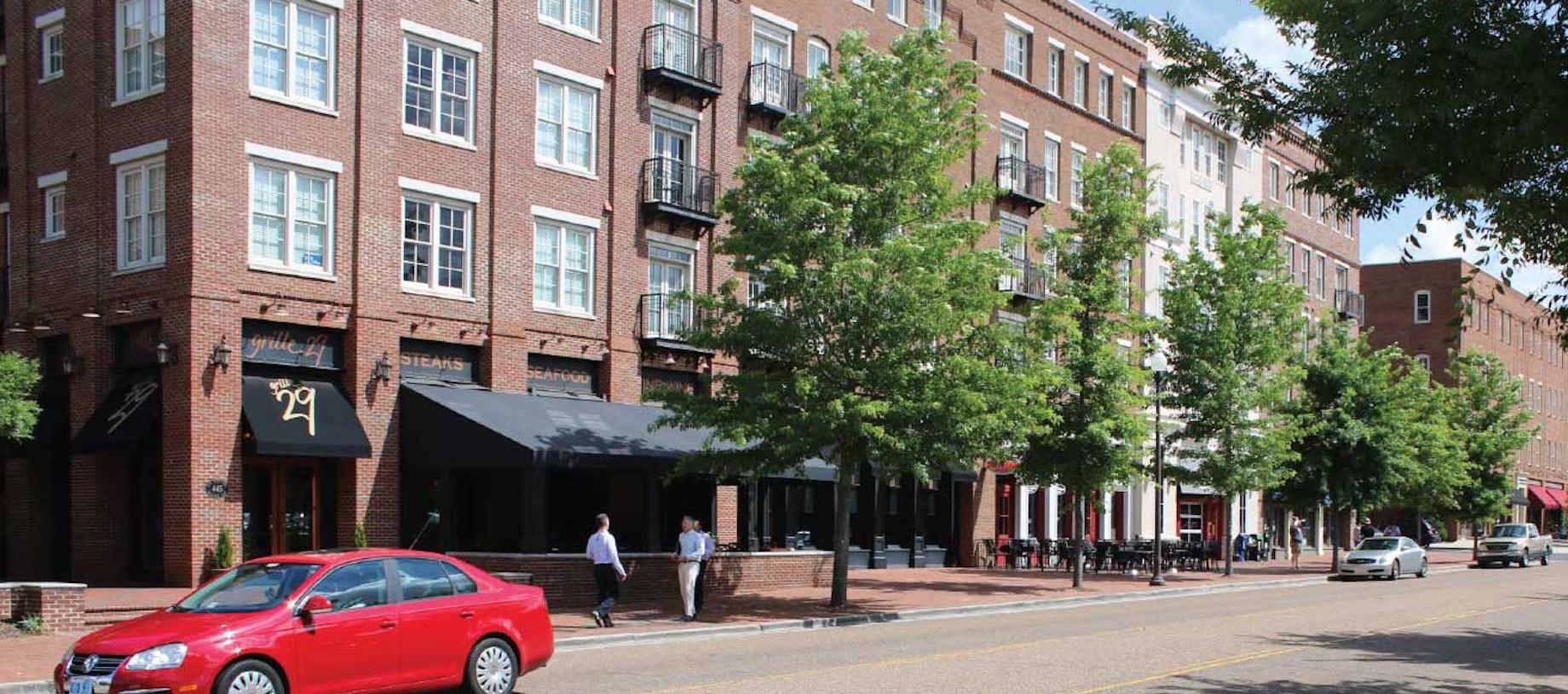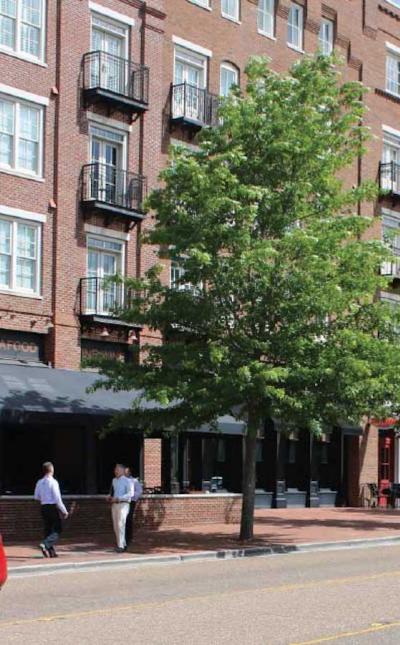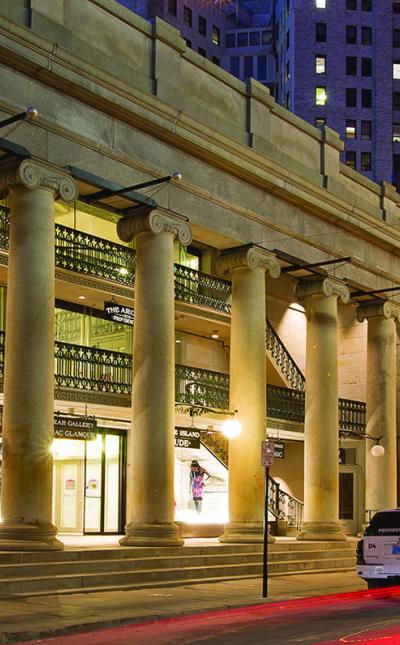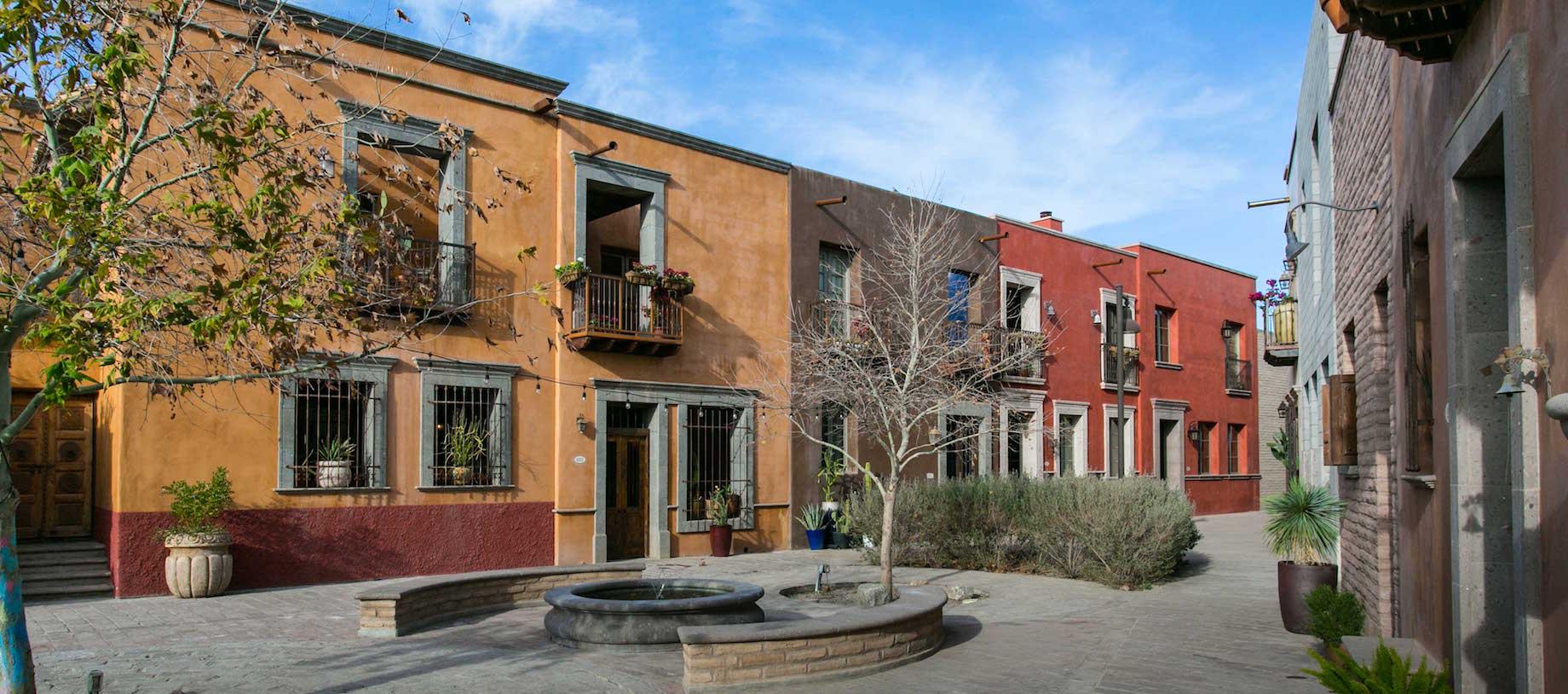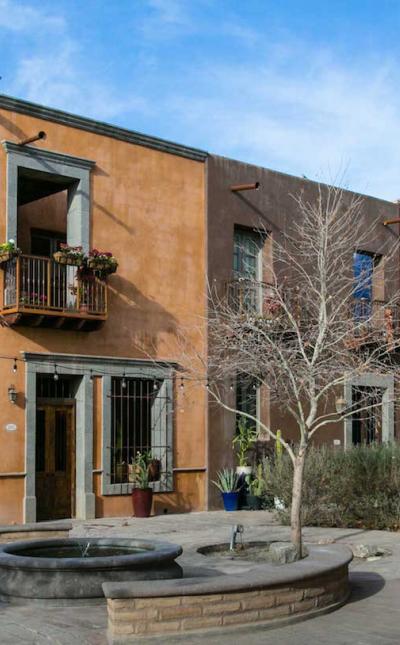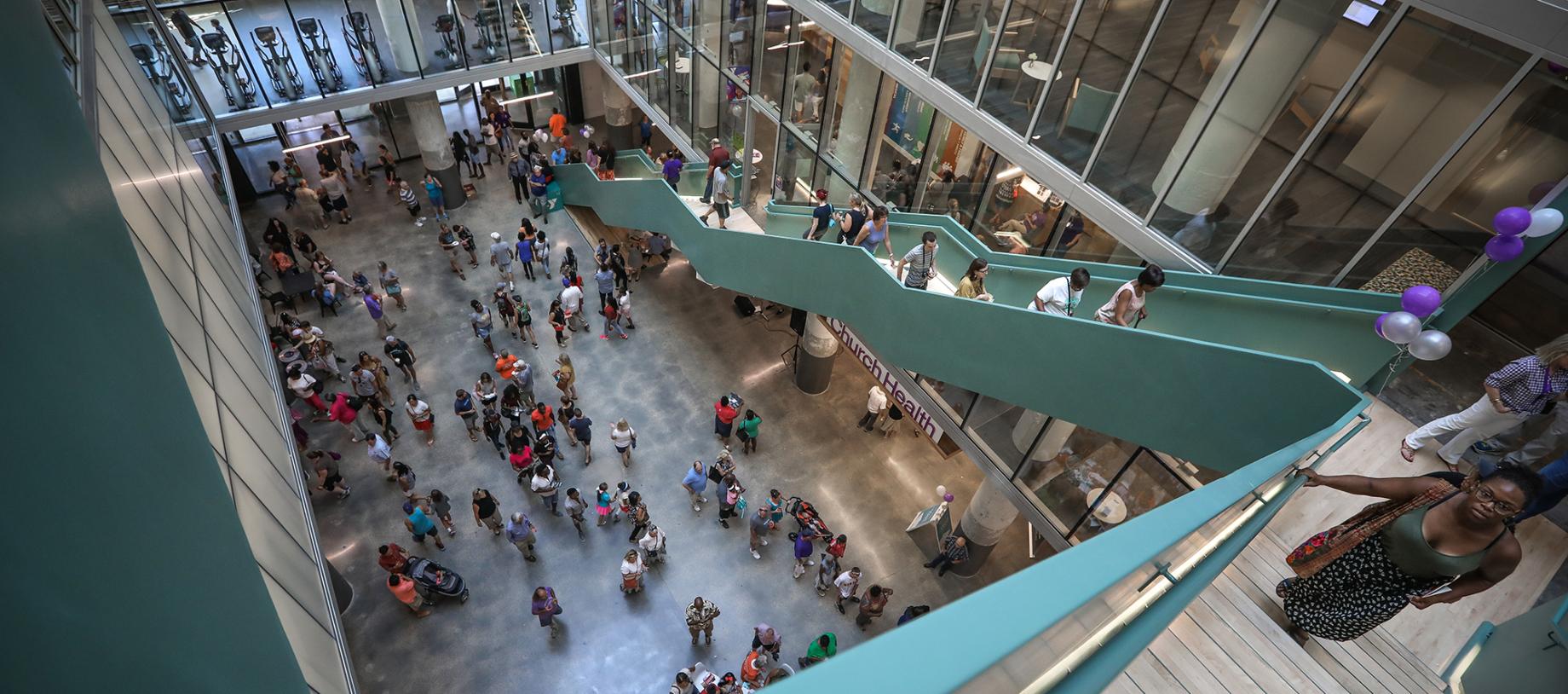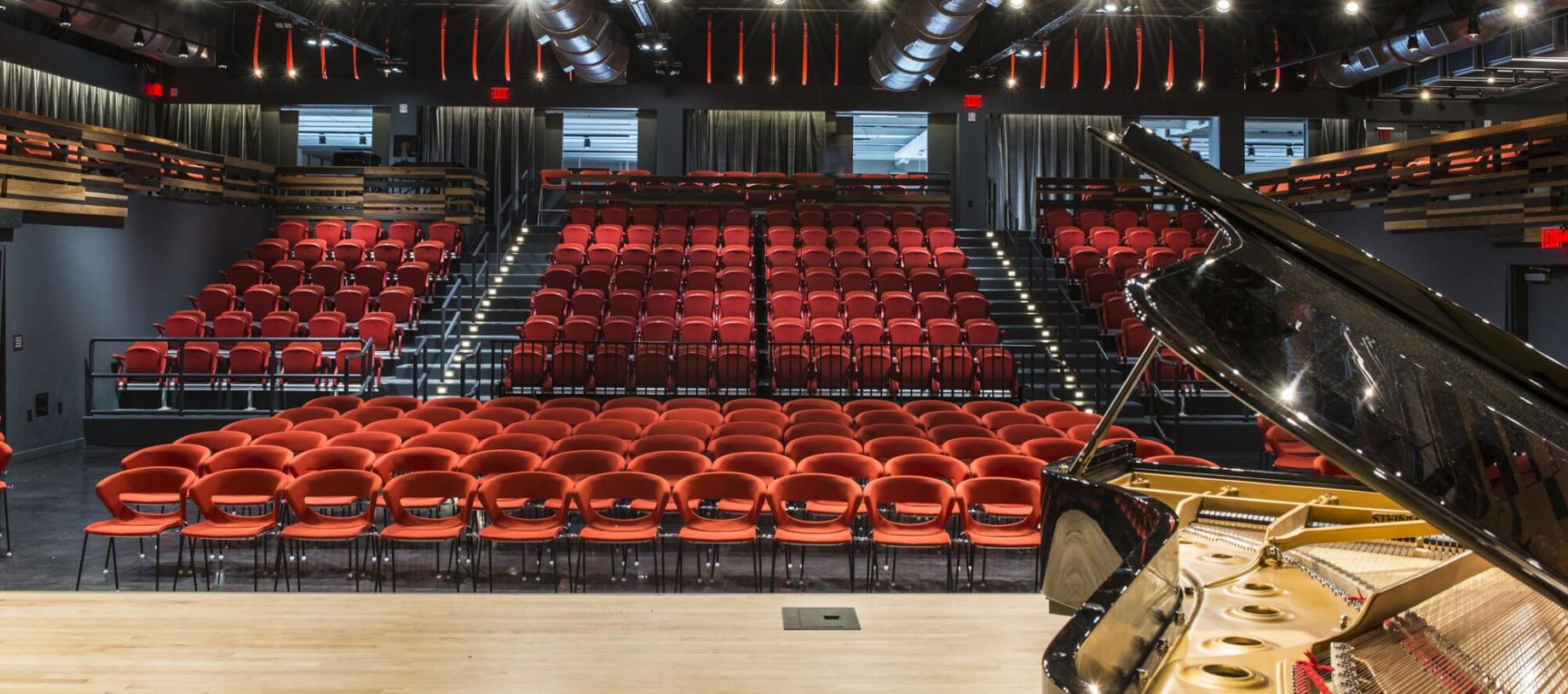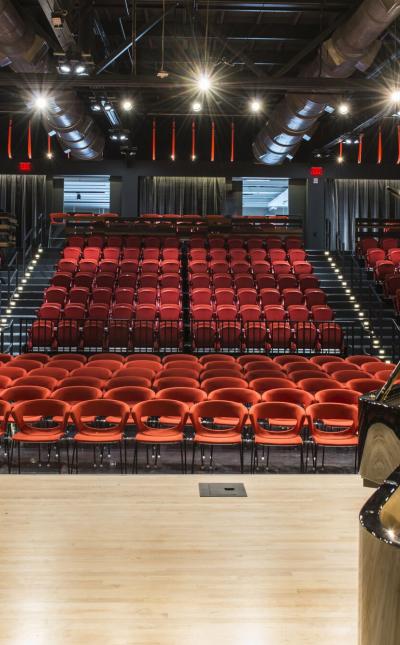While a virtual Congress means we can't be physically together, it also means we have a unique opportunity to "visit" many places that a place-based annual event does not allow. This year's Virtual Tours are short videos that bring you a local story.
View below or join us live at 5:30pm ET to interact with the organizations and people behind these tours!
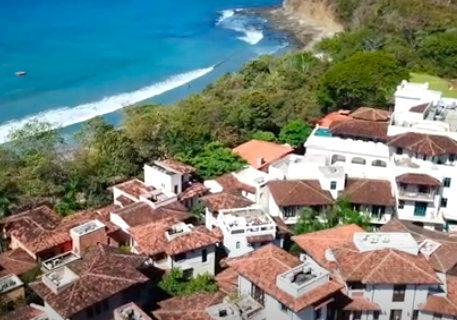 |
Las Catalinas, Costa Rica | A Walk Through our Car-Free TownTake a walk through the car-free streets, plazas, and trails of Las Catalinas, Costa Rica. This virtual walking tour with the on-site design team will highlight the immense benefits of car-free design, as well as discuss successful strategies we’ve learned over the past 10 years of design and construction. An arguably radical idea that received pushback even from the initial design team, our car-free town seems now to be the most natural and preferred way to be. Natural sociability is achieved while any trip or adventure begins on foot and you are able to meet your surroundings and neighbors at a human pace. The day-to-day experience is more meaningful when you’re able to slow down and interact with town using all senses. One huge benefit of being car-free is the Kid Freedom made possible by the security of public spaces absent of motorized vehicles. Young residents and guests can safely discover their own independence, learn, play, and grow ambling about Beach Town. Designed as a series of compact villages, Las Catalinas offers more opportunities to preserve the tropical dry forest and in turn sets up an extraordinary nature-urban transect. The contrast of a dense urban village can be seen clearly from in town, in the ocean, and on our trails. Town’s minimal footprint creates a sustainable infrastructure not just for the natural environment, but also for an active and healthy life full of natural, human, and architectural beauty. |
 |
Parkside Urbanism: Applying the Transect in an Experimental Urban Philosophy CourseThis virtual tour documents a short walk in Buffalo’s Parkside neighborhood that can illustrate basic elements of the Rural-to-Urban Transect. First developed as part of a new, experimental philosophy course on cities at Medaille College in Buffalo, the tour helps students analyze and evaluate the built environments of their cities and towns. By leaving campus and exploring the surrounding city, students can thus begin to understand key aspects of urban density, land uses, street patterns, buildings, and building lots. The tour also demonstrates an engaging educational model that urbanists could use to broaden audiences in the communities we serve. |
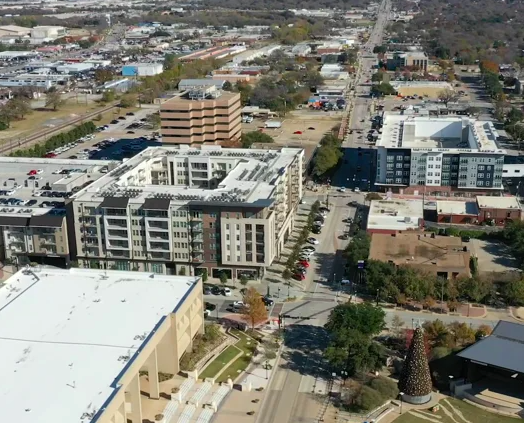 |
Abram Street Transformation, Arlington TXThe Abram Street project between Cooper Street to Collins Street is a one-mile project that includes a detailed master plan with the goal to increase retail and business redevelopment in Downtown Arlington. This master plan called for reducing the roadway section from five lanes (two lanes in each direction with continuous left-turn lanes) to a three-lane facility to increase parkway widths. The increased widths for sidewalks, landscape, and lighting improvements were created to invite more pedestrian traffic through this corridor in the downtown area. |
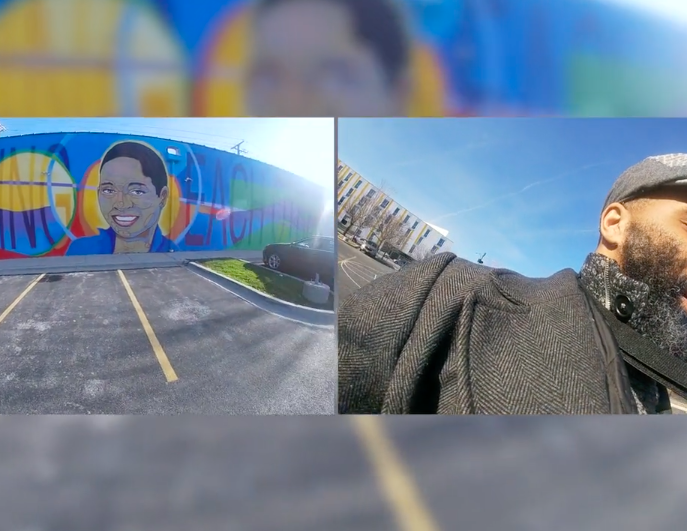 |
Elevated Chicago | Washington Park NeighborhoodPart I of II virtual tours provided by Elevated Chicago, a coalition of community-based and citywide advocates advancing Equitable Transit Oriented Development (ETOD) near 7 Chicago Transit Authority stations in majority-Latinx and majority-Black communities. The ½ mile radius around the stations are called equitable Hubs or eHubs and include a variety of community-driven developments, green infrastructure, and public art, that represent the visions for TOD that communities of color are advancing in the city, in response to traditional, market-driven TOD. Filmed with GoPro cams, a walking tour narrated by community members from the Elevated Chicago eHubs introduces their neighborhoods and makes stops at a number of representative places. Additionally, viewers will discover walkability challenges and opportunities around CTA stations, as residents narrate walks – one in a disinvested and the other in a gentrifying community – each discussing assets, difficulties and solutions to make development near transit more equitable, healthier and resilient to climate change. These narrated walks include key data points to help situate community perspectives within the broader context of changes happening citywide and in the neighborhoods. |
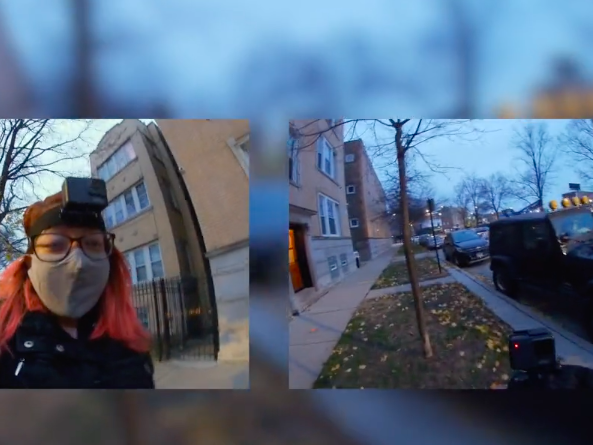 |
Elevated Chicago | Logan Square NeighborhoodThe second of two virtual tours provided by Elevated Chicago, a coalition of community-based and citywide advocates advancing Equitable Transit Oriented Development (ETOD) near 7 Chicago Transit Authority stations in majority-Latinx and majority-Black communities. The ½ mile radius around the stations are called equitable Hubs or eHubs and include a variety of community-driven developments, green infrastructure, and public art, that represent the visions for TOD that communities of color are advancing in the city, in response to traditional, market-driven TOD. Filmed with GoPro cams, a walking tour narrated by community members from the Elevated Chicago eHubs introduces their neighborhoods and makes stops at a number of representative places. Additionally, viewers will discover walkability challenges and opportunities around CTA stations, as residents narrate walks – one in a disinvested and the other in a gentrifying community – each discussing assets, difficulties and solutions to make development near transit more equitable, healthier and resilient to climate change. These narrated walks include key data points to help situate community perspectives within the broader context of changes happening citywide and in the neighborhoods. |
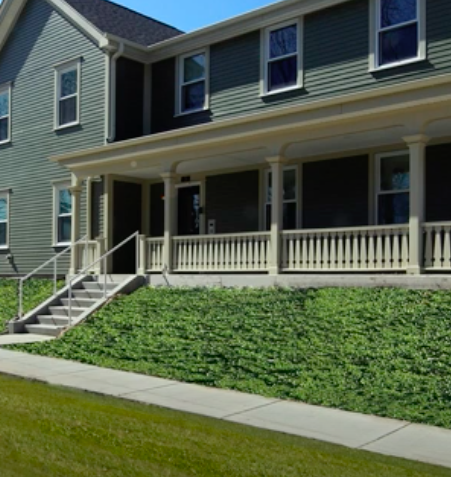 |
Larkin Development: Full Circle Communities, Elgin ILThe new 1212 Larkin block development in Elgin, Illinois uses key New Urbanist principles to integrate a supportive residential development into its historic single family residential setting. In contrast to so much new residential development nationwide, it is a model for apartment and adaptive reuse that enhances quality of life and establishes a unique, historic “sense of place.” Developer: Full Circle Communities, Architect: Cordogan Clark. |

